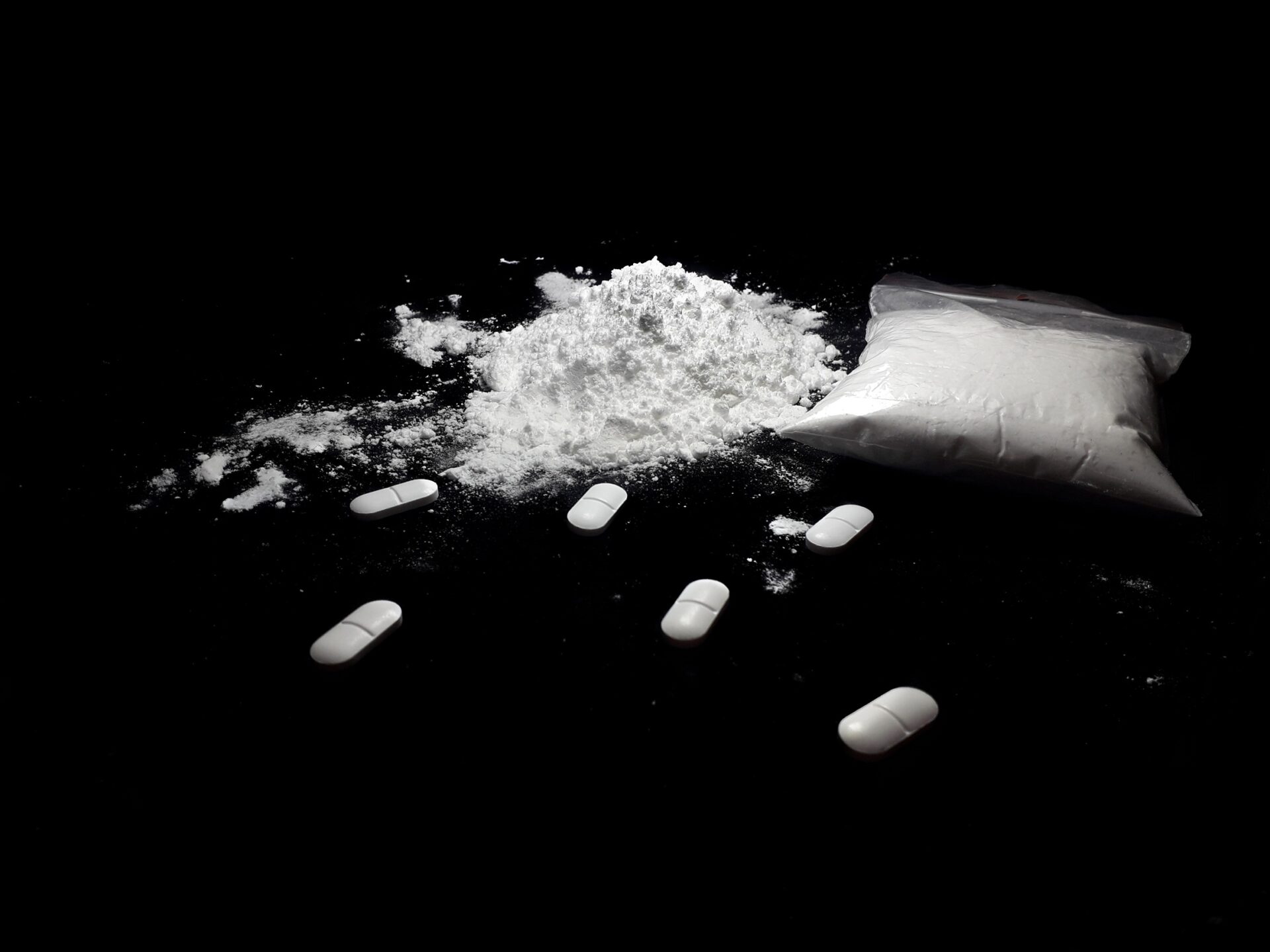
18 Jun Polysubstance Use: Fentanyl and Stimulants
The United States is in an overdose epidemic, with the CDC estimating that 106,699 individuals died of a drug-involved overdose in 2021 alone. Most deaths involved an opioid, with 80,411 such cases occurring that year.1
Prescription opioids were involved in 16,706 of these cases, leaving the remaining 80% of all opioid overdoses attributable to illicit opioids such as heroin and, most importantly, illicitly manufactured fentanyl (IMF).1
While most of the attention is focused on opioids, there has also been a sharp rise in overdoses involving stimulants such as cocaine and methamphetamine. In 2021, of the 106,699 estimated drug overdose deaths, 50% (53,495) involved stimulants, with methamphetamine involvement in 32,537 and cocaine involved in 24,486 deaths. The majority of these deaths also included an opioid.1
Polysubstance use refers to exposure to more than one substance. It is important to recognize that polysubstance use can be intentional or unintentional due to the unpredictable nature of the illicit drug supply. Common examples of polysubstance exposures found in overdose deaths include IMF and heroin; IMF and cocaine; IMF and methamphetamine; and prescription or illicit opioids and benzodiazepines.2 One unintentional reason for exposure to opioids is its addition to products purported to be cocaine. The Center for Forensic Science and Education has detected fentanyl in drug samples believed to be cocaine.3 Whether intentional or not, the danger of stimulant-depressant combinations is the potential for masking or modifying the effects of one or both drugs.4 When used alone, stimulant misuse may potentially lead to elevated heart rate and blood pressure, rapid or trouble breathing, elevated body temperature, nausea, vomiting, chest pain, heart attack, stroke, seizures or tremors, liver damage, and brain injury.4-5 Common stimulants include ecstasy, cocaine, methamphetamines and synthetic cathinones. When used alone, depressants are known to potentially alter mental status, slow breathing and weaken pulse rates, and potentially lead to brain or other organ damage. 4,6-7 Common examples of depressants include opioids and benzodiazepines.
Scientists at Aegis recently conducted a study of fentanyl positive samples from June 5, 2023, to July 1, 2023. Of 4,858 samples where fentanyl was detected and not listed as prescribed, 1,474 contained methamphetamine and 1,757 contained cocaine. Other stimulants detected much less often included: MDMA, MDA, phentermine, methylphenidate, pentylone, or N,N-dimethyl pentylone. These results reinforce the need for providers to educate individuals on the unpredictable physiologic responses due to the use of stimulants and depressants. It is hoped that studies such as these will bring attention to not only the frequency of which these combinations are found, but also will serve to educate all stakeholders involved in the reduction of overdose deaths.
NOTICE: The information above is intended as a resource for health care providers. Providers should use their independent medical judgment based on the clinical needs of the patient when making determinations of who to test, what medications to test, testing frequency, and the type of testing to conduct.
References:
1. Overdose Death Rates. National Institute on Drug Abuse. Published February 9, 2023. Accessed 7/12,2023. https://nida.nih.gov/research-topics/trends-statistics/overdose-death-rates
2. Jones CM, Einstein EB, Compton WM. Changes in Synthetic Opioid Involvement in Drug Overdose Deaths in the United States, 2010-2016. JAMA. 2018;319(17):1819-1821.
3. Drug Checking. Center for Forensic Science and Education. Accessed July 12, 2023. https://www.cfsre.org/nps-discovery/drug-checking
4. Cocaine. National Institute on Drug Abuse. Accessed July 12, 2023. https://nida.nih.gov/research-topics/cocaine
5. Methamphetamine. National Institute on Drug Abuse. Published 2018. Accessed July 12, 2023. https://www.drugabuse.gov/publications/drugfacts/methamphetamine
6. Opioid Overdose. Substance Abuse and Mental Health Services Association. Published March 21, 2023. Accessed July 12, 2023. https://www.samhsa.gov/medications-substance-use-disorders/medications-counseling-related-conditions/opioid-overdose
7. Heroin. National Institute on Drug Abuse. Accessed July 12, 2023. https://nida.nih.gov/research-topics/heroin

